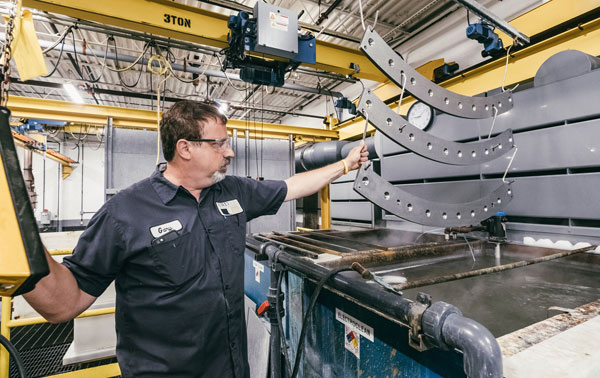Hard Chrome Advantages
Industrial hard chrome provides a measurable return on investment by extending product life, improving product performance, reducing down-time, improving OEM warranty-customer satisfaction, and restoring obsolete parts to OEM specs. Industrial hard chrome wears better than hardened steel or electroless nickel platings and offers a wide range of characteristics that no other material on the market possesses.
Extended Product Life
Hydraulics, molds, printing presses, and other OEM equipment use hard chrome to repair, retrofit, and extend equipment life. Industrial hard chrome can also restore and extend the life of obsolete machine parts without OEM replacements.
Improved Lubricity / Abrasion-Resistance
Hard chrome resists abrasion because of its excellent lubricity properties and significantly extends product life. Therefore, hydraulic rams, valves, bearings, pumps, cylinders, and moving parts found in manufacturing and production equipment are extensive users of hard chrome.
Durability, Strength, Hardness
Because hard-chromed products have been proven to last up to ten times longer than non-plated parts in hostile or high demand production environments, many of our customers apply hard chrome to new equipment.
Corrosion Resistance
Industrial hard chrome offers a level of corrosion resistance and protection. Equipment can be plated to produce a bright luster exterior finish which extends equipment life and improves equipment performance in hostile environments such as:
- Brine
- Organic Acids
- Gases
- Oils
- Sugar
- Cyanides
- Fruit Acids
- Molten Glass
- Dairy Products
- Fuels
- Brewing (Malts, Hops)


